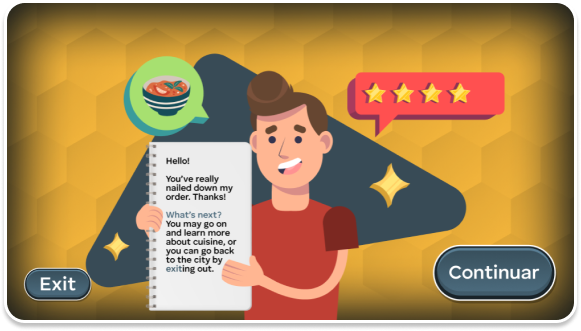
Sometimes we let ourselves believe that all learning must be serious and boring. However, play and storytelling are two of the most fundamental forms of learning. For many species, play is the essential activity that allows their children to learn the skills they need in order to survive.
As humans, we recognize that children across all cultures in every part of the globe are extraordinarily successful language learners. Sometimes they even manage to reach levels of fluency and proficiency in a language adults can never attain. Initially, this was thought to be due to a biological superiority in a child's brain, but more recently, those theories have been called into question. An alternate explanation is that the sense of play and imagination a child naturally brings to the language-learning process is a powerful asset for their success.
If we look at the classrooms of top language teachers, we almost always find carefully constructed games that allow students to play with communication. Self-practice materials, on the other hand, are often lacking. Perhaps we might find "games" like crosswords, hangman, or matching. These, however, focus on playing with words and letters, not playing with communication and meaning. The missions in Swirly Spanish build upon proven game mechanics and draw out natural opportunities for foreign language communication.
Let's look at one of the sub-quests a student might encounter. Here the player is helping their sister host a party and needs to prepare some meals for guests. The guests each have very particular dietary preferences. The player then must interpret their dietary preferences and select a meal from a recipe book that matches appropriately. Next, they construct sentences to call out each step needed to prepare the meal. After every command they give, they receive visual feedback to ensure correct understanding.







